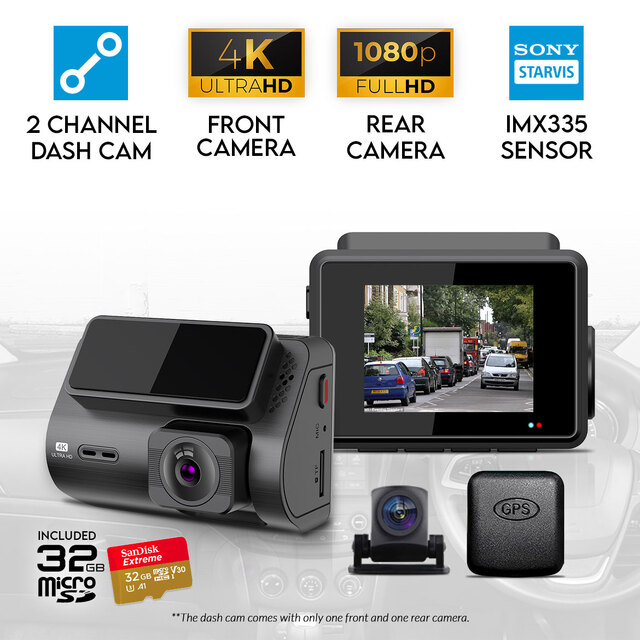Upgrading to a car infotainment system is one of the most impactful ways to enhance your driving experience. Whether you’re looking for improved connectivity, navigation assistance, or entertainment options, a well-chosen infotainment system can provide numerous benefits.
However, before proceeding with a car infotainment system installation, it’s important to understand what it entails fully, the options available, and how to ensure the system is compatible with your vehicle.
Why Upgrade to a Car Infotainment System?
A car infotainment system offers far more than just music and radio. Today’s advanced systems integrate navigation, real-time traffic updates, hands-free calling, smartphone connectivity, and voice control while maintaining safety and convenience.
The system is a centralised hub for communication and entertainment, making long drives, commutes, and road trips far more enjoyable and efficient.
Customisation and Flexibility
One of the key advantages of a car infotainment system installation is the wide range of customisation options available. Systems vary in features, display sizes, and overall functionality, allowing you to choose one that best suits your preferences and needs. Whether you prioritise a larger touch screen, wireless connectivity, or enhanced audio quality, there are options for every vehicle.
Additionally, some systems integrate vehicle settings and safety features, creating a seamless user experience. It’s important to consider what features most benefit your driving habits and choose a system that complements them.
Smartphone Integration
In an era where smartphones are central to daily life, the ability to integrate them into your vehicle’s infotainment system is essential. Most modern systems are compatible with Android Auto and Apple CarPlay, enabling seamless connection to your phone.
This allows for hands-free calling, access to navigation apps, and music streaming, all from the infotainment screen. If staying connected while driving is a priority, ensuring that your chosen system supports smartphone integration is crucial in the selection process.
Professional vs. DIY Installation
When considering car infotainment system, you must decide whether to opt for a professional installation or attempt a do-it-yourself (DIY) approach. While DIY installations are often marketed as cost-effective, they come with risks.
Incorrect installations can interfere with vehicle electronics, potentially causing malfunctions in other systems, such as air conditioning, safety features, or even the vehicle’s electrical system.
A professional installation, however, ensures the system is properly integrated and calibrated, offering peace of mind and avoiding the potential for costly mistakes. Professionals also have the expertise to guarantee compatibility with your vehicle’s existing electronics, which is particularly important for newer models with complex tech systems.
Key Features to Look for in an Infotainment System
Selecting the right car infotainment system involves assessing several key features. It’s important to ensure that the system meets your functional needs and enhances the overall driving experience.
- Screen Size and Display Quality: Larger touchscreens make navigating and interacting with the system easier. Look for systems with high-resolution displays to ensure clarity, especially for navigation and video content.
- Connectivity: A quality infotainment system should support Bluetooth, USB ports, Wi-Fi, and wireless charging. This ensures your devices remain connected and charged, even on longer trips.
- Audio Quality: Sound quality is a key consideration for many drivers. Ensure the system is compatible with your car’s audio setup or offers high-quality built-in sound.
- Ease of Use: The user interface should be intuitive, with easy-to-access controls. A system that requires extensive navigation to access basic functions may distract from the driving experience and compromise safety.
Budget and Costs
Installing a car infotainment system is an investment that should be carefully considered. While the costs can vary depending on the system’s features, size, and brand, it’s important to remember that you’re paying for both technology and installation.
Basic systems can be affordable, while high-end models with advanced features—such as built-in navigation, premium audio systems, and larger touchscreens—can come at a higher price.
It’s also essential to account for the installation cost, particularly if you choose professional services. While DIY installations may seem appealing to save on installation fees, professional service ensures your system is set up correctly and minimises the risk of issues arising down the road.
Conclusion
When considering a car infotainment system installation, carefully evaluating your needs, preferences, and budget is crucial. The right infotainment system can significantly enhance your driving experience, providing greater convenience, connectivity, and entertainment.
However, making the right choice requires thorough research, proper installation, and an understanding the available features. You can enjoy a modernised and efficient in-car experience for years by selecting a high-quality system and opting for professional installation.

